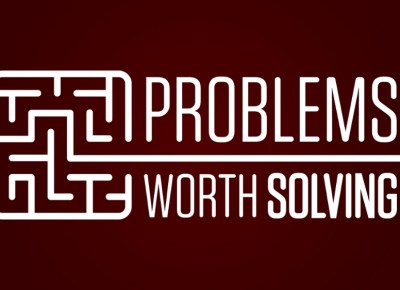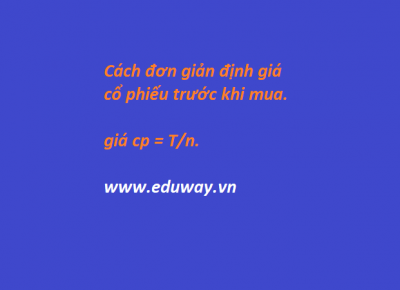Neuroscience and Learning: Implications for Teaching
Although there has been considerable discussion about neuroscience in relation to education,1 there appear to be very few outcomes with respect to teaching practice.2 It is logical to assume that further progress may require cross-disciplinary integration of research from psychology, neuroscience, machine learning, and education,3 particularly because, at present, there is no clear consensus on the nature of learning.4–6 To facilitate such cross-disciplinary discussion, the use of technical terms has been limited and the current paper uses an education-centered approach focused on learning that involves conscious processes that require goals and the associated strategies required to achieve them.7 Neuroscience studies have shown that the learning process involves both working memory (WM) and long-term memory (LTM)8 and associated control processes in the prefrontal cortex (PFC) that select and manipulate goal-relevant information. As these PFC regions appear to play a crucial role in controlling learning processes, reference has been made specifically to both the dorsal and ventral lateral prefrontal cortices (DLPFC and VLPFC) and the anterior prefrontal cortex (APFC).
Working memory plays a critical role in the learning process because it has been shown to facilitate the formation, strengthening, and expansion of LTM.9,10 The control component of WM has been associated with the DLPFC, and this region appears to be involved in the selection, monitoring, and maintenance of goal-relevant information held temporarily in the posterior association cortex (PAC).11,12 The WM system is only capable of processing a limited subset (3–5) of items at any one time, but remains active until new information is selected.13 From an educational perspective various strategies have been used to facilitate entry of relevant material into WM by, for example, adapting instructional design and by managing cognitive load (eg, by focussing on the main points of a task and by removing distractions).14–16 However, recent findings have increased our understanding of WM with respect to flexibility in goal pursuit and learning. This work has elucidated how DLPFC control may switch from maintaining current information to permitting WM to update with new, relevant, information.17,18 Consideration of these mechanisms may help to extend thinking about the role of WM in an educational context and help us understand educational research results where WM capacity and motivation can be used to identify different student learning profiles.19
Working memory only stores information for a relatively short period, and LTM is thus essential. One type of LTM is semantic (factual/concept) memory (SM), which is both a result and a critical component of the learning process.20 Learning appears to be not only concerned with the long-term storage of specific facts, but with the formation of associations between facts (concepts), and this stored information can be referred to as a semantic framework.21 According to some authors, associations and associative processing may form the basis for thought and learning,22 and neuroscience studies may provide useful directions for computational modeling studies of these processes.23,24 From an educational point of view, an understanding of these mechanisms may help to support the suggested use of analogical reasoning as a means to strengthen associations between facts.25 The storage of SM involves the PAC, particularly the temporal pole,26 and the control of SM selection and retrieval has been associated with the VLPFC, which shows stronger activity when a learning task includes concepts or facts that are only distantly related.11,27–29 However, association of a common object with an unusual function (eg, a shoe used as a flower pot) also activates the APFC in addition to the previously mentioned regions.30 The APFC is thought to represent the highest level within the control process hierarchy because it is activated during abstract reasoning and metacognition.31–33 Educators may benefit from an understanding of how facts and their relationships are processed by the brain, particularly when considering the use of graphical representations of concepts in the form of “concept maps” and the like.34
One area of neurophysiology research that has only had a limited impact on teaching practice is that related to the default mode of brain activity (a default network of brain regions where processing may become suspended during task-related action).35,36 This default network is thought to include brain regions involved in self-referential processing (ie, thinking about oneself or how others relate to you) and memory retrieval.37 Such a putative network is important to consider with respect to learning for two reasons. First, the common phenomenon of “mind wandering” may reduce the effectiveness of task performance and learning38 and has been posited to be associated with engagement of the default network.39 On the other hand the default network has also been associated with useful activities such as planning and autobiographical goal setting (imagining future personal experiences).37 It has been proposed that both task-related and default networks may contribute to achieving a particular goal.40 In summary these findings indicate that learning may involve not only the more established task-related networks, but may also require support from “internal” prospective mechanisms involving “self.” “Switching” to the “default” network may, therefore, be important where students work with others in a group situation and where their estimation of self and that of others may impact on learning.41 However the interaction between task performance and self-referential activities has yet to be established in a formal learning context.
It is clear that representations of personal brain function can be made (metacognition)42 and that this ability plays an important role in reasoning and planning43 and in communicating internal states to others. 44 Both the APFC and the DLPFC provide a major contribution to metacognition, and changes in APFC gray matter volume may reflect the effects of learning in individuals.33,45 Individual differences in metacognitive ability, established by neural and behavioral studies, suggest that metacognitive training should be considered (learning how to learn), and Mayer46 proposed that improving metacognition should be a primary educational objective. Although metacognitive reporting usually mirrors task performance, the two can sometimes be dissociated.45,47 Therefore, one should be vigilant with respect to the value placed on verbal or written reports relating to “self,” because educational research often depends on student self-reporting.47
Finally, the lessons learned by consideration of neural representations and control hierarchies may aid the development of individualized intelligent tutoring systems.48 Although human tutors can provide effective learning support, increasing class numbers make one-to-one tutoring much more difficult to achieve. Computer-based tutors may help to support individual student learning by selecting appropriate problems to be solved and by providing alternative solution strategies, feedback, and hints.48–50 An understanding of neuroscience and an interdisciplinary synthesis of research may lead to optimum outcomes for teaching practice.
For references, please see them here









